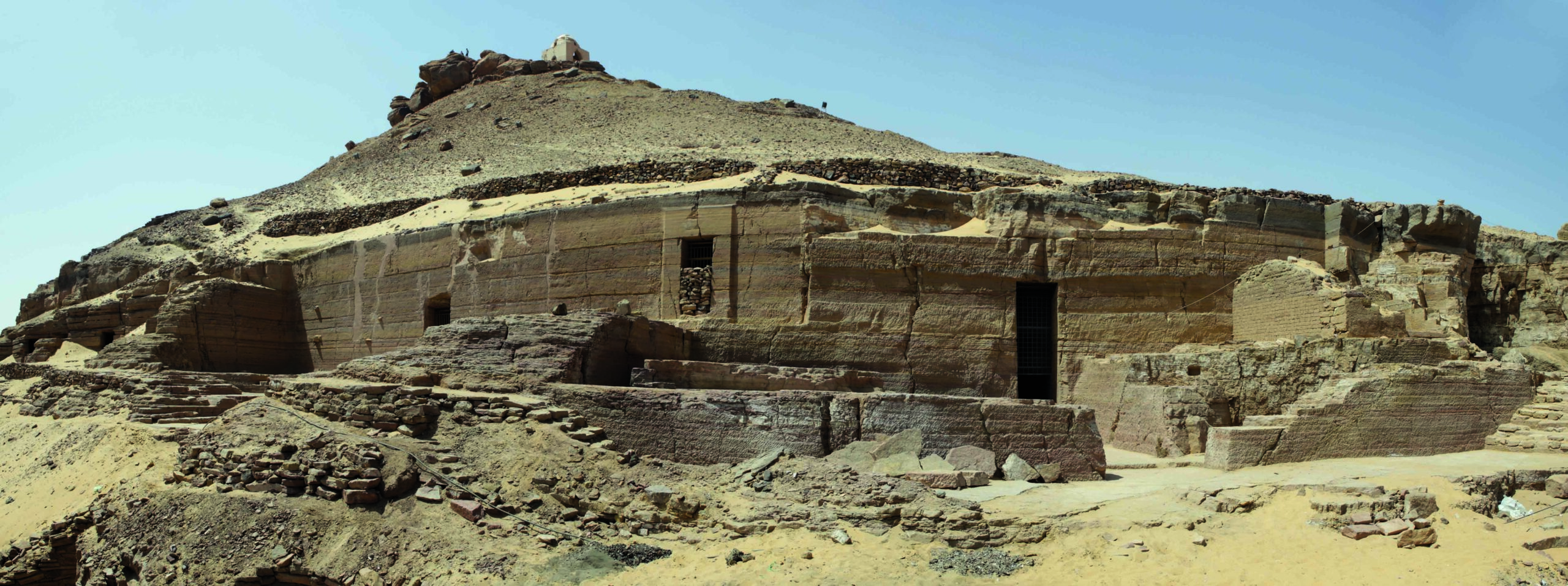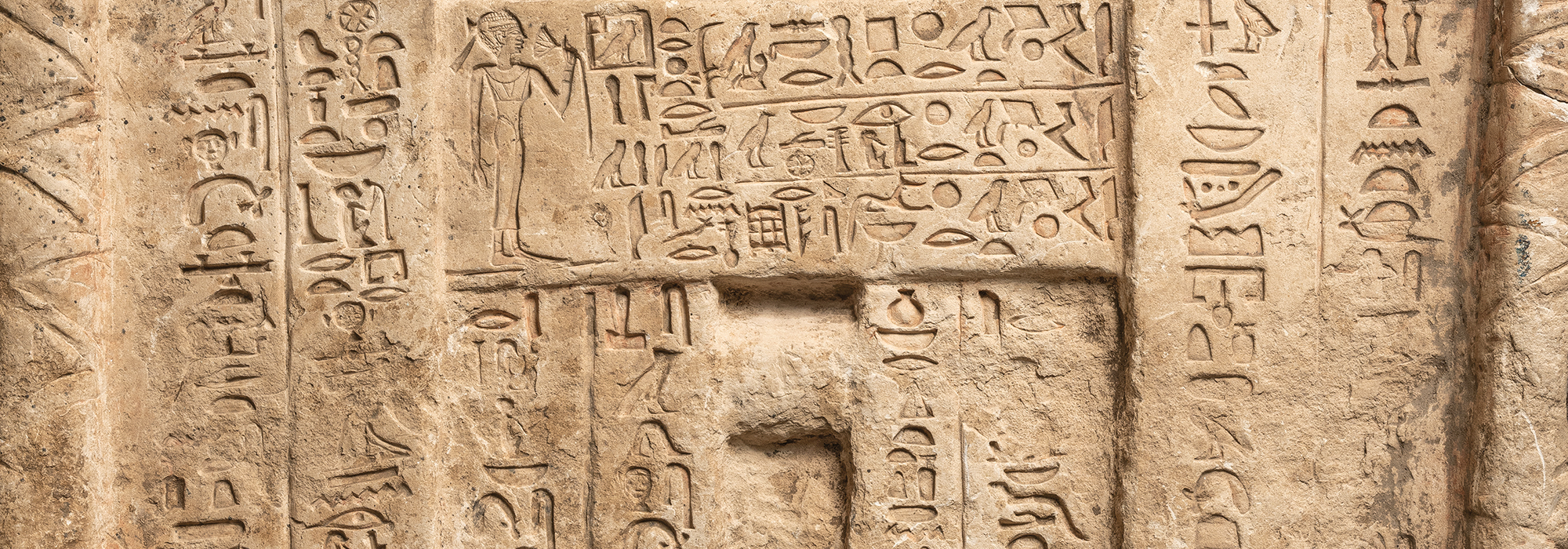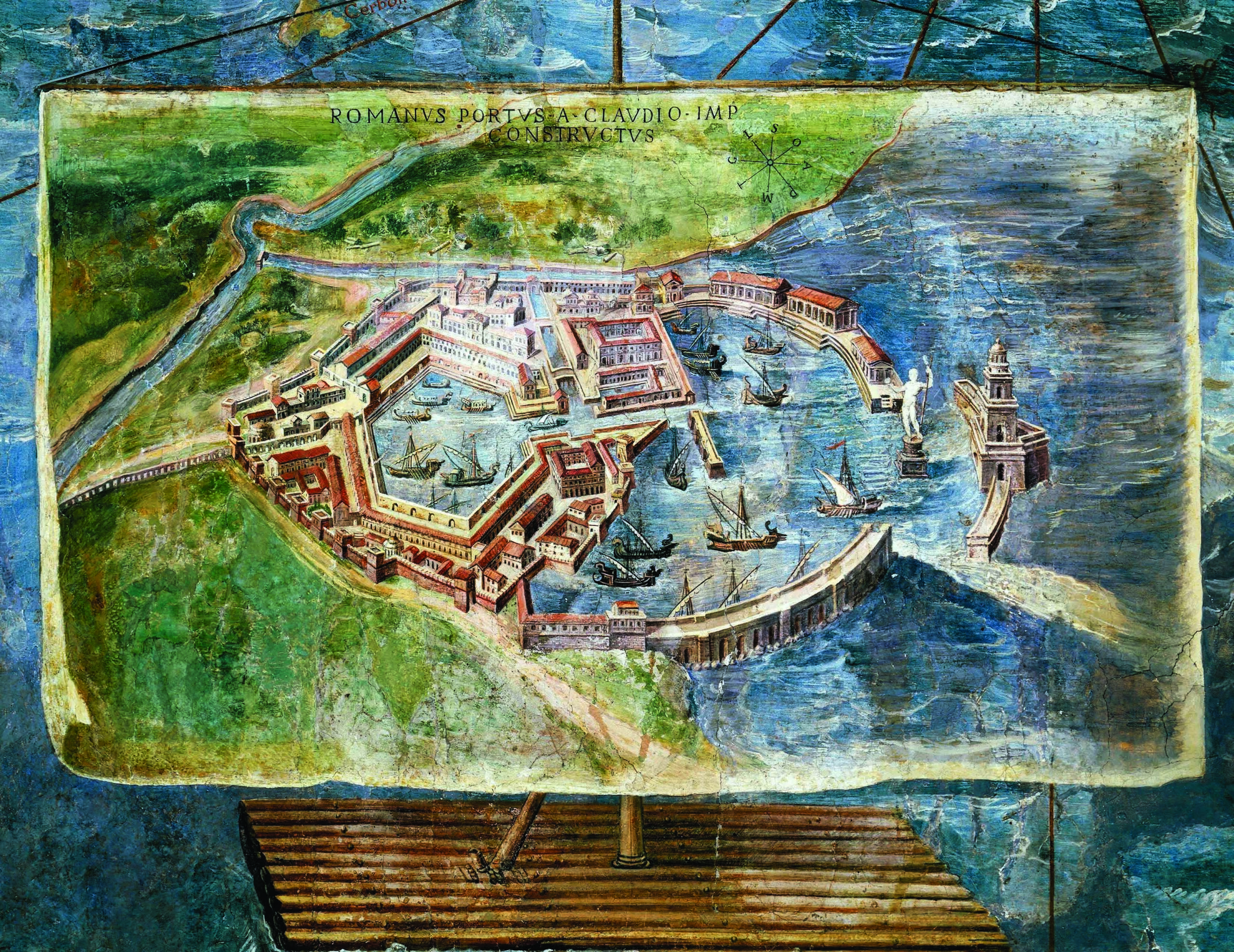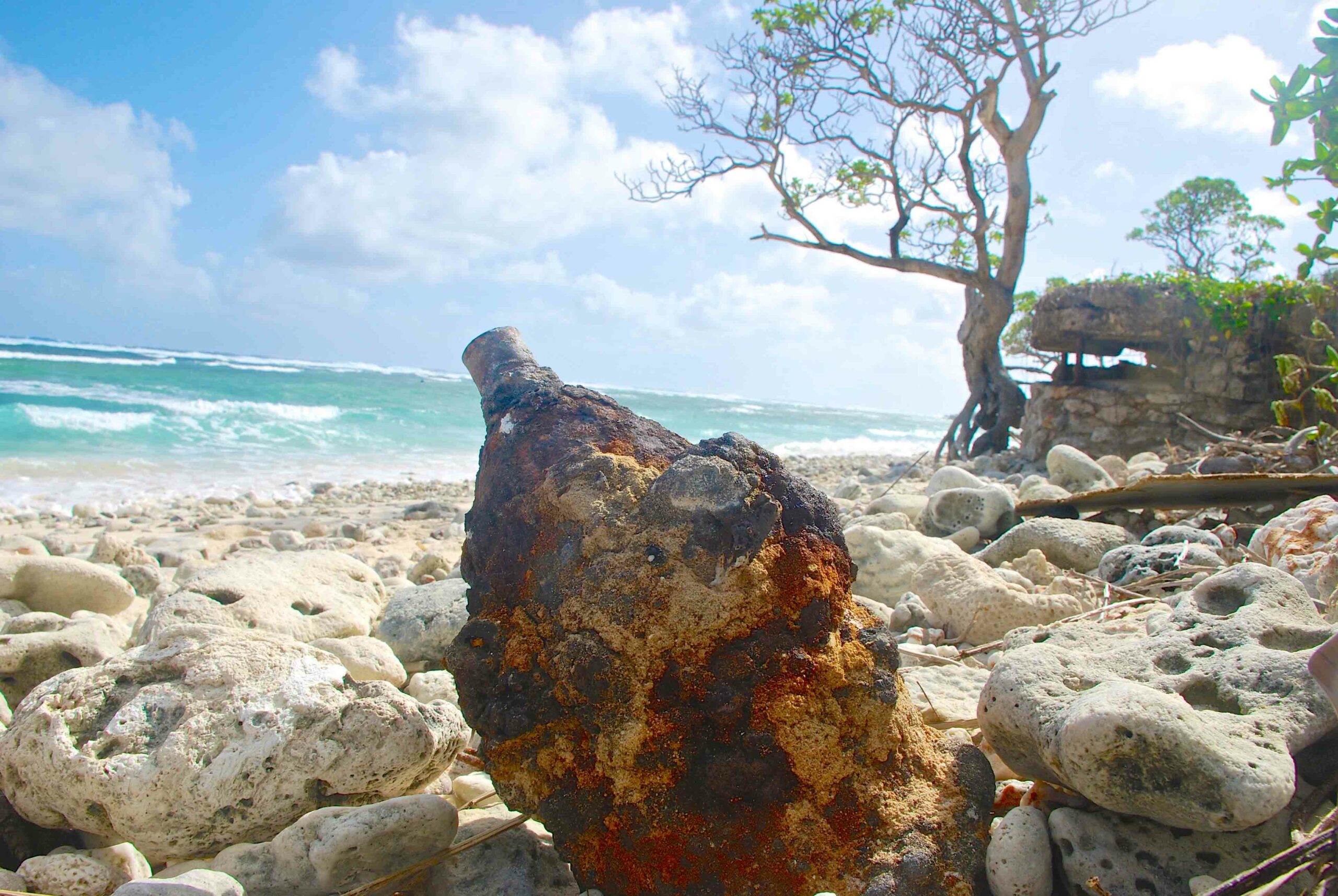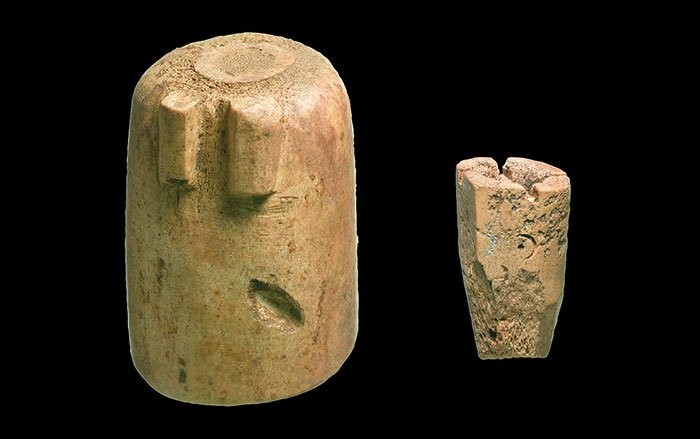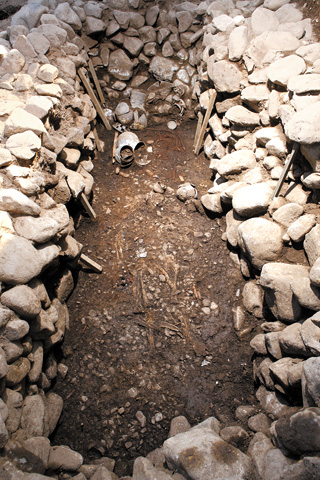
GYEONGJU, SOUTH KOREA—Archaeologists from The Foundation of Silla Cultural Heritage Research think that a young man may have been sacrificed and buried in a young woman’s tomb found in Gyeogju, the capital of Korea’s Silla Dynasty (57 B.C. – A.D. 935). The tomb dates to the late fifth or early sixth century and is thought to have been built for the woman, who was wearing a gold earring. The man’s remains were lying next to the woman’s, with their heads adjacent to each other. Kim Kwon-il of the Foundation told Korea JoongAng Daily that this was unusual because human sacrifices found in the main chamber of similar tombs are usually placed next to the feet of the dead. Another room in the tomb held a sword, harness, and pottery, all thought to have belonged to the noblewoman. “This is not the first case where a male sacrifice is buried in a female’s tomb. However, male sacrifices were often buried in the room where the artifacts were, as guards, so to speak, for the dead,” Kim added. One interpretation of the site suggests that the man’s remains may have been placed on a wooden frame above the woman’s body. Over time, the frame collapsed and the wood decayed. Other researchers have suggested that the burial presents the two as lovers. For another dramatic tomb discovery in South Korea, see "Korean Love Affair."



